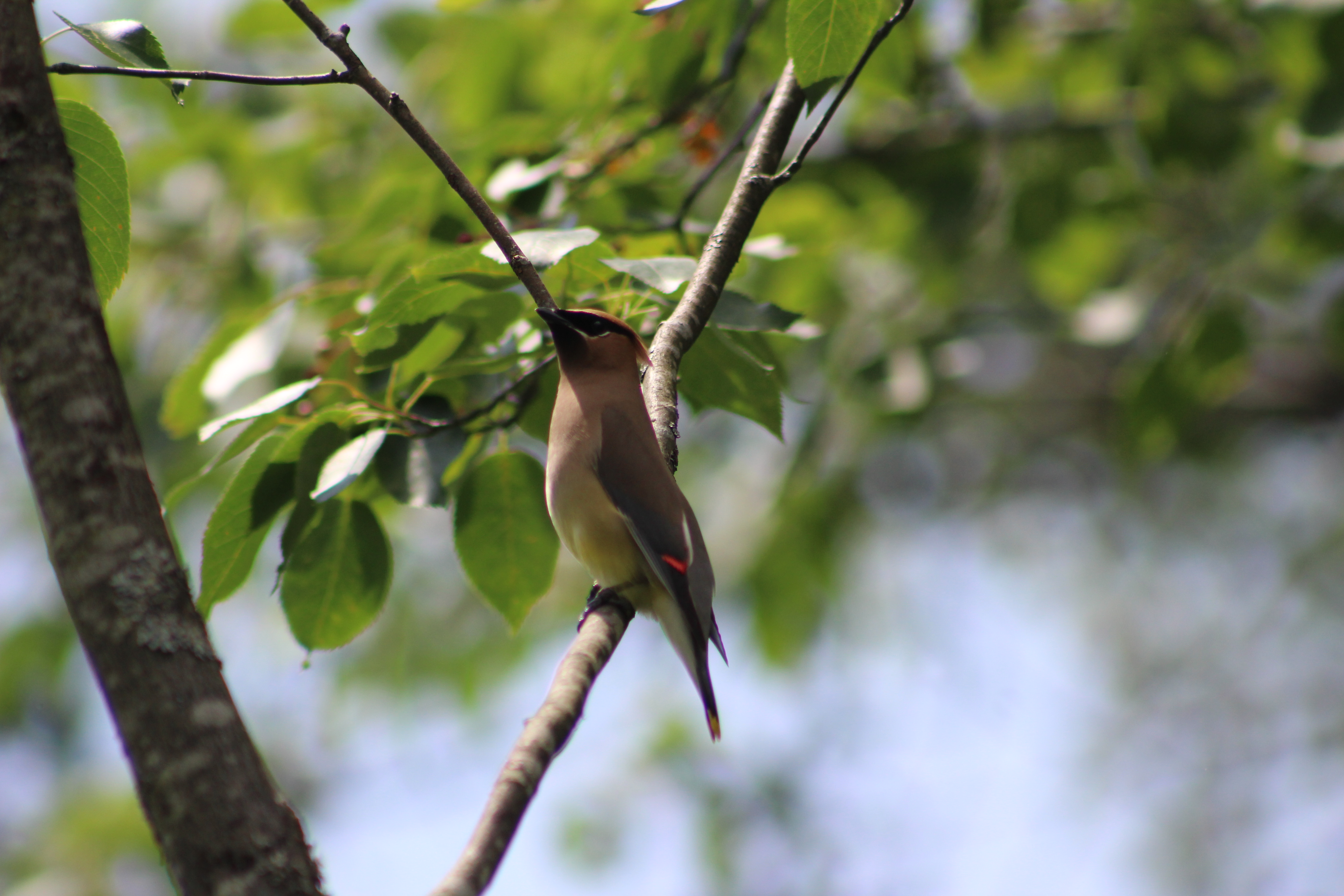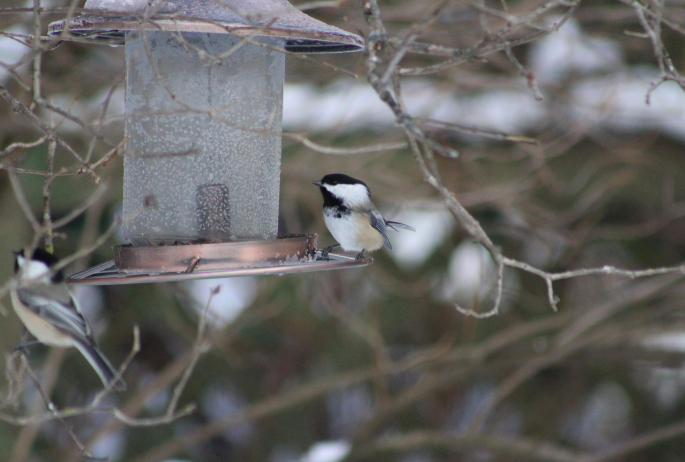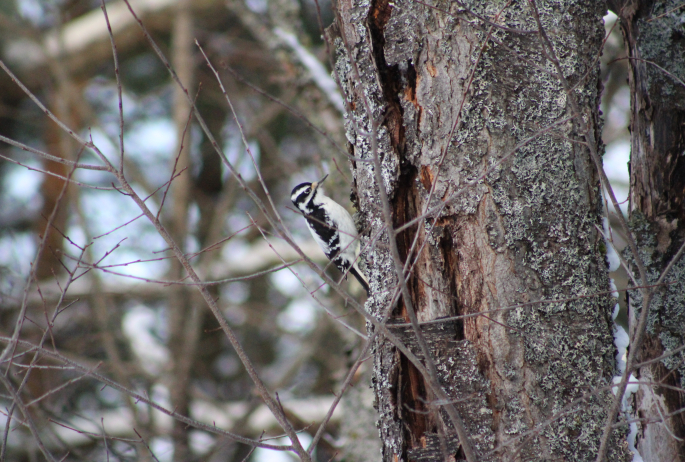While us humans may be limited in our traveling right now, one group of travelers will be arriving in the Saranac Lake area soon — the birds.
Common species
Springtime brings to mind certain bird-related events, even for people who would in no way consider themselves birders. The flocks of geese flying overhead, the first robin of the year in the yard, the flocks of ducks on ponds and lakes that have begun to lose ice.

There are some species of birds that call the Adirondacks home year-round, but in spring we expect the arrival of songbirds like the red-winged blackbird and the banging away of woodpeckers like the yellow-bellied sapsucker. These of course will be accompanied by waterfowl of all sorts, colorful sparrows, the fascinating American woodcock, and show-stoppers like cedar waxwings.
Some species that spend the winter in the Adirondacks will also become more commonly seen as the snow melts, such as wild turkeys, woodpeckers, and owls.
Springtime
This may seem a little counterintuitive, but spring — just as the southern birds make their way back to the Adirondacks — is the time to take down bird feeders. With the onset of warmer weather comes avians’ natural food sources such as seeds and insects, so feeders aren’t really needed anymore. There’s also some safety considerations to removing feeders in the spring as well.
The state Department of Environmental Conservation encourages everyone to take certain steps each spring as bears and other ravenous animals start to wake up from their winter slumber and move around. One of those steps is to take down bird feeders, since hungry bears, raccoons, and other mammals will absolutely destroy a feeder full of seed. And even worse, getting an easy meal makes it more likely they’ll come back for more.

But this doesn’t mean that you’re done for the year! There are a number of steps one can take to keep birds around even if the feeder is gone, but first, you’ll want to wash your feeders before putting them away. This prevents the spread of diseases and will prevent growth of fungi or other nastiness that you don’t want come fall when the feeders go back up.
Second, bird feeders can be replaced by a bird bath, which provides much-needed clean water to not only birds but important pollinators such as bees as well. Just be sure to change the water daily so it doesn’t become a mosquito breeding ground.

Third, you can still feed birds during the summer even without a feeder! By doing a little research, you can find types of bushes that will keep birds full with their berries. In the Adirondacks, sunflowers, milk weed, and oak trees are all valuable food sources for native birds. The Audubon Society has some great information on bird-friendly planting no matter where you live.
And of course, there’s the classic little red flower feeder for hummingbirds that can hang at the edge of the porch. Just be sure to clean it regularly as the sugar in the water will make lots of nastiness grow and only use water and sugar — no dyed liquids!
DEC bird watchers
The state DEC recently embarked on an ambitious plan to update its breeding bird atlas, which documents which species of bird live in which parts of the state. This is a massive undertaking as New York state is incredibly large, so the department is asking citizens to help.
By creating a free eBird account here, citizens can help contribute their sightings and knowledge to this important effort.









